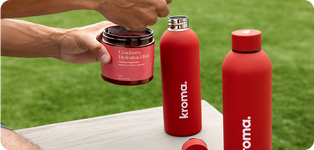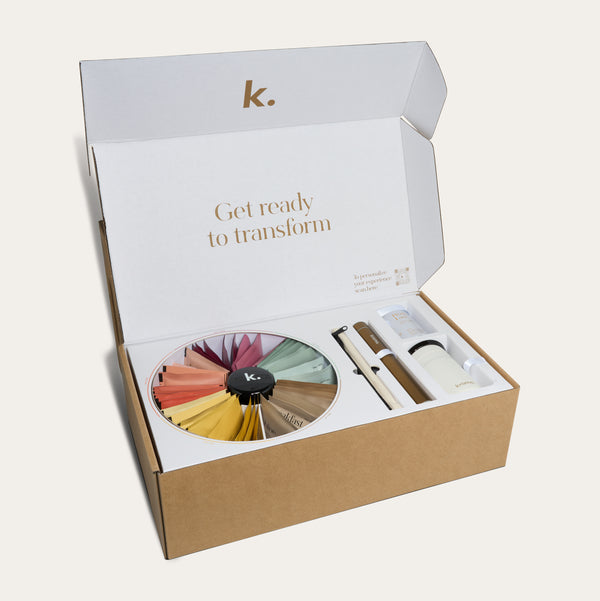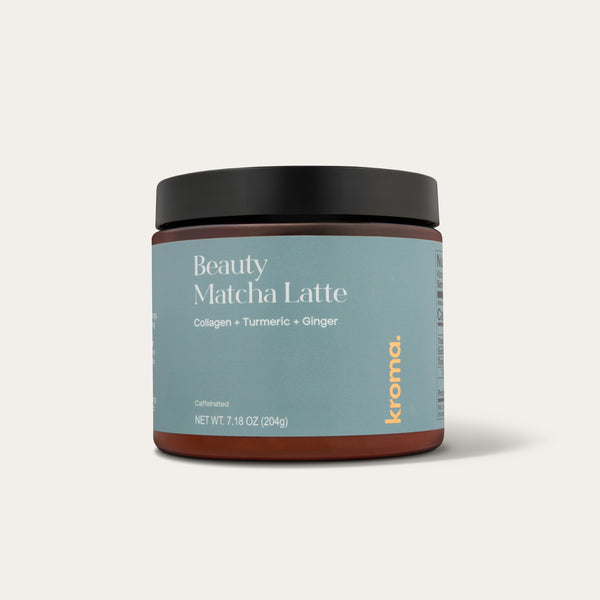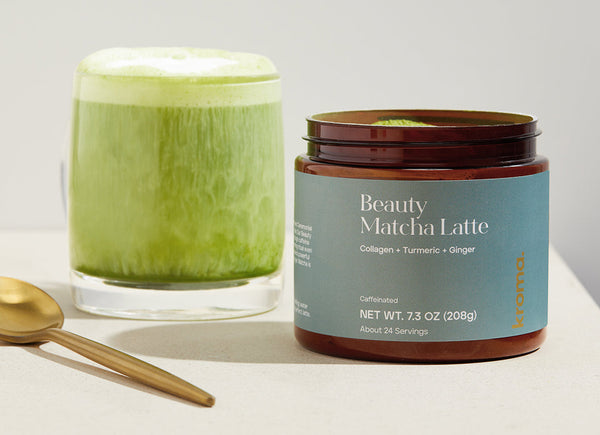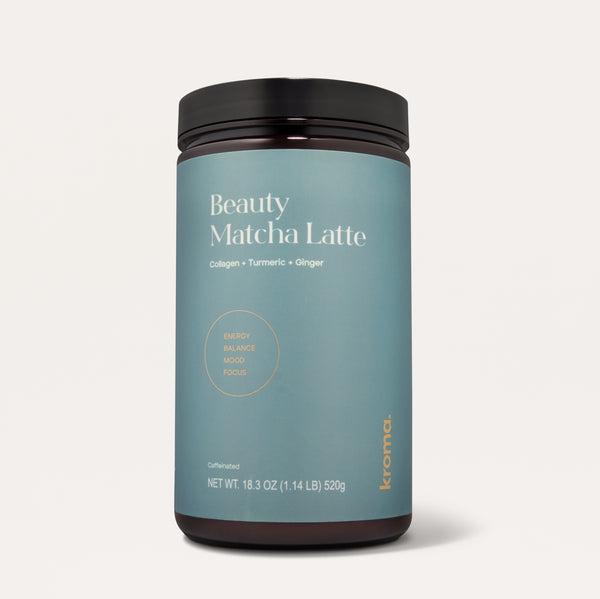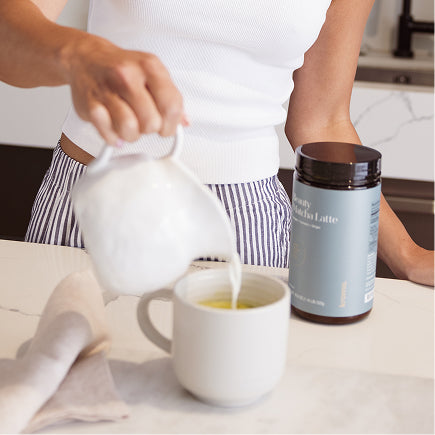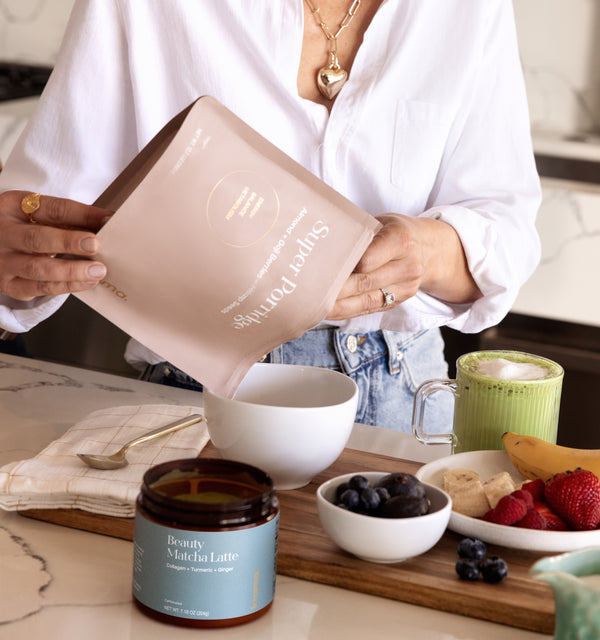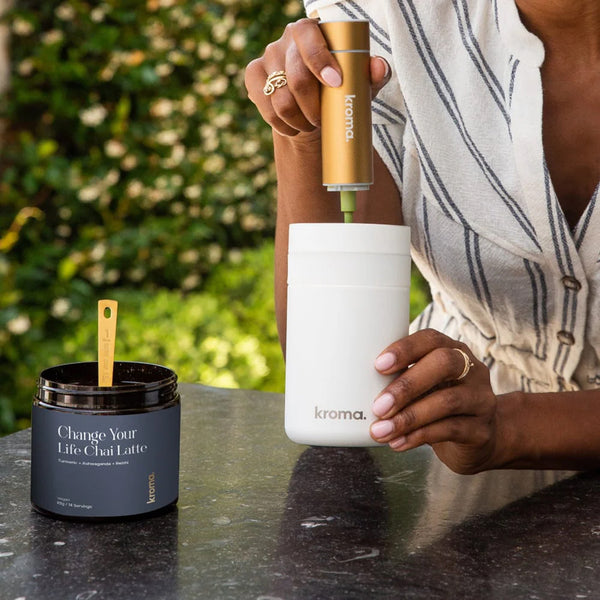Are you looking for a delicious morning drink that provides you with lasting energy and nutrition to help jump-start your day? For thousands of years, green tea and matcha have been consumed for these exact reasons. Matcha has been used by Buddhist monks and in traditional Japanese tea ceremonies for centuries and has been gaining popularity in the West in recent years.
Both green tea and matcha are touted for their health benefits, but how do they compare? Does one have more health benefits than the other? Read on to find out what makes green tea and matcha different. We will also tell you all about our favorite matcha latte!
What Is Matcha?

Matcha is green tea to the next level. Matcha starts with the Camellia sinensis plant, the same plant that is used to make white, green, oolong, and black tea.. The plants used for matcha tea are gradually shade-grown to reduce exposure to sunlight. This allows for an increase in both chlorophyll and L-theanine intensity. That chlorophyll gives matcha its vibrant green color.
Once the leaves are harvested, they are steamed to halt the oxidation and fermentation process of the enzymes in the leaves. The veins and stems are removed before the leaves are dried, sorted, and stone-ground into fine powder.
Unlike most teas, matcha is not steeped. It is made by whisking the matcha powder into warm water. A chasen, or a bamboo whisk, is used to froth the matcha into the water. Good quality matcha will have a nice froth to it and create a smooth texture.
Matcha is known for its many health benefits, including its high antioxidants and ability to support heart, liver, and brain health.
How Is Matcha Different From Green Tea?
While matcha is a type of green tea, not all green teas are matcha. Green tea is made by steeping dried, young tea leaves in water. Matcha is made by whisking the ground, whole leaf powder into water.
If green tea is thought to be the healthiest tea, matcha is the healthiest version of green tea. Matcha is packed full of nutrients and antioxidants. It has a richer flavor than traditional green tea and it can also pack a bigger energy punch than regular green tea, thanks to its naturally high caffeine content.
Matcha’s Richer Flavor

Earthy, vegetal, and sweet are all ways to describe the taste of both matcha and green tea. The difference between the two is how they are made.
Since green tea is made by steeping tea bags or loose-leaf tea in hot water, the flavors are more muted. Matcha, on the other hand, is a fine powder made by grinding the whole tea leaves. When this powder is mixed in water, you’re left with a more robust flavor.
Matcha is also described as creamy, sweet, slightly bitter, and bright. The better the quality of your matcha powder is, the more these flavors will balance with each other and create a delicious cup, which is why we only use ceremonial-grade matcha here at Kroma Wellness.
More Antioxidants

Teas made from the Camellia sinensis plant are full of antioxidants. Antioxidants protect the body against free radicals and oxidative stress. Free radicals can be caused by normal bodily functions, like digestion. Smoking, alcohol, highly processed foods, and pollutants in the air and water can also cause free radicals.
To make sure free radicals do not cause oxidative stress, it is crucial to ensure a balance between antioxidants and free radicals. The best way to get antioxidants is by eating a whole food diet and drinking teas full of antioxidants, like matcha.
One antioxidant in matcha and green tea is known as catechin. Catechin, a phenolic compound, is also found in berries and cocoa. The most abundant catechin found in green tea and matcha tea is epigallocatechin gallate (EGCG). Match has been found to have 137 times more EGCG than regular green tea.
Match has been used for over a thousand years for its health benefits. In recent years, more research has been done to understand the benefits of matcha and EGCG. EGCG is known for maintaining healthy cholesterol levels and supporting heart health and weight loss. EGCGs found in matcha may also help support healthy metabolic function.
More Natural Caffeine

Caffeine naturally occurs in green tea and matcha. Because matcha is made using the whole leaf in a ground powder, the caffeine content is much higher than regular green tea.
An eight-ounce cup of green tea has 30 to 50 mg of caffeine. A two-ounce cup of matcha, which is the traditional size, has 38 to 88 mg of caffeine. Surprisingly, it is even higher than the caffeine content of an eight-ounce cup of coffee, which has 96 mg of caffeine.
Green tea and matcha both have a range of caffeine content because there are a lot of variables that go into it. These variables include:
- The age of the green tea leaves—younger leaves have more caffeine.
- How hot the water is—hotter water pulls out more caffeine.
- How long the tea is brewed—the longer the brew, the more caffeine.
L-theanine, an amino acid in green tea leaves, is very prominent in matcha. L-theanine may help reduce stress in the body. When it is combined with natural caffeine found in matcha, it can improve mood and cognitive function.
Caffeine is also known to cause energy crashes. Matcha's L-theanine helps slow the release of caffeine, so you can maintain alertness without crashing.
Higher Nutrient Content

Green tea and matcha have many of the same nutrients. They both contain many minerals like zinc, manganese, potassium, calcium, magnesium, sodium, phosphorus, copper, and iron. They also contain vitamins C, E, A, K, B1, B3, and B6.
Matcha has a higher concentration of these nutrients because of how the leaves are grown, harvested, and processed. Because matcha tea is made by mixing the powder of the whole leaves, the nutritional concentration is higher and may provide more health benefits.
Where Can I Find High-Quality Matcha?
Matcha is not one size fits all. There are actually different qualities of matcha.
The lowest level is culinary grade matcha. This type of matcha powder is a little more bitter and usually used in baked goods or matcha “flavored” food items.
The highest matcha powder is ceremonial grade matcha. Ceremonial grade matcha is slightly sweet and only needs water to make delicious matcha.
At Kroma Wellness, we only use ceremonial-grade matcha for the best taste and nutrient profile. You can find all of the benefits of matcha and more in our Beauty Matcha and Majik Matcha.
Beauty Matcha

Our Beauty Matcha Latte is a delicious beverage that combines the antioxidants, L-theanine, and gentle caffeine of matcha with collagen protein, turmeric, goji, maca, and ginger. This latte is a perfect morning treat that is packed with superfood nutrition.
Majik Matcha

We also have a vegan matcha latte. Majik Matcha has a double dose of matcha mixed with superfoods like spirulina, ginger, and turmeric. You won't find any carbs, fat, or sugars in this luscious latte, but it’s still packed with flavor.
The Bottom Line
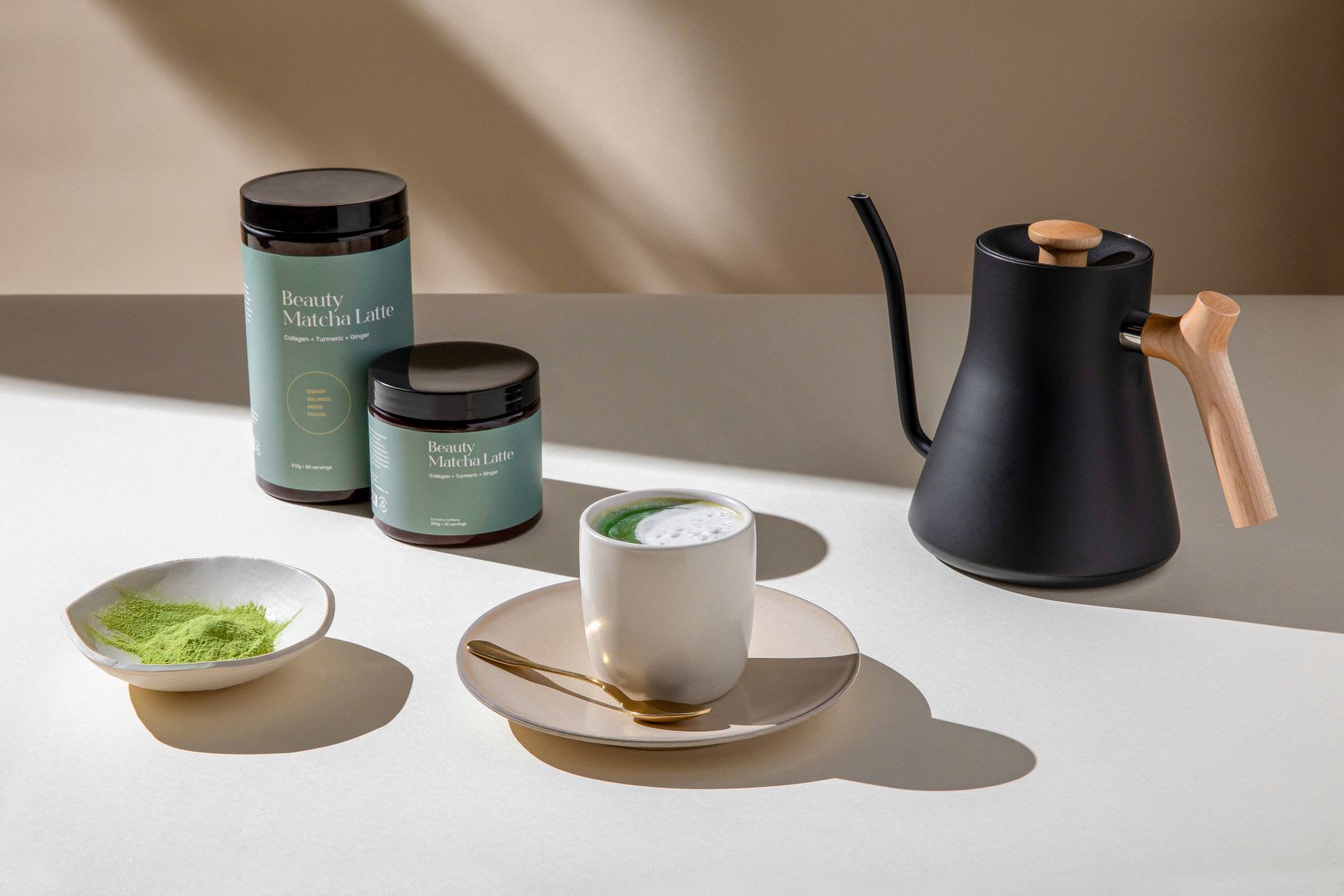

Both green tea and matcha have many health benefits, but matcha packs a bigger nutritional punch. Matcha has all the same benefits as green tea but in a higher concentration. Matcha also has a richer flavor and more caffeine, along with higher levels of antioxidants and nutrients.
If you haven’t tried matcha, what are you waiting for? Try one of our matcha lattes to jump-start your day with nutrition and long-lasting energy. You don’t have to leave matcha as a morning beverage; you can drink it anytime you are looking for a delicious pick-me-up.
At Kroma Wellness, we love bringing superfoods to you in a way that is easy to prepare. With our matcha powders, all you need to do is add water and whisk. Try switching out that morning cup of joe with our matcha lattes. Our luscious matcha lattes are also part of our 5-Day Reset to help show you how easy it can be to move to more nourishing food that fuels your wellness.

